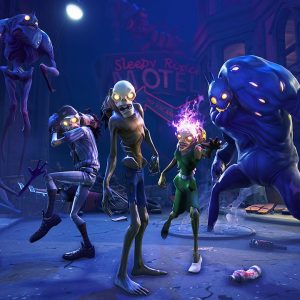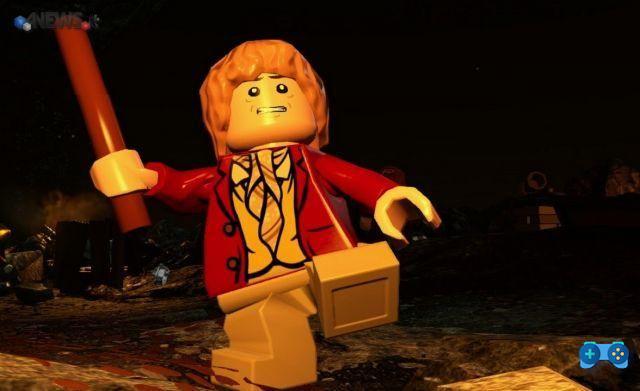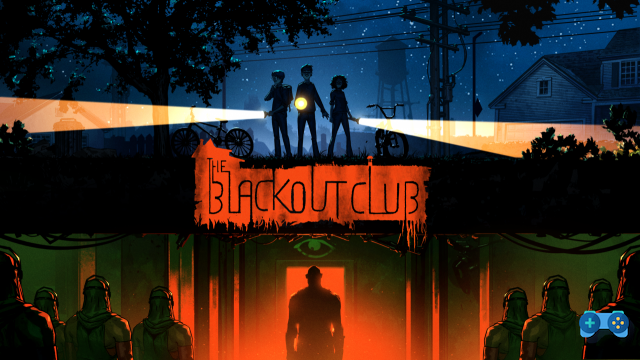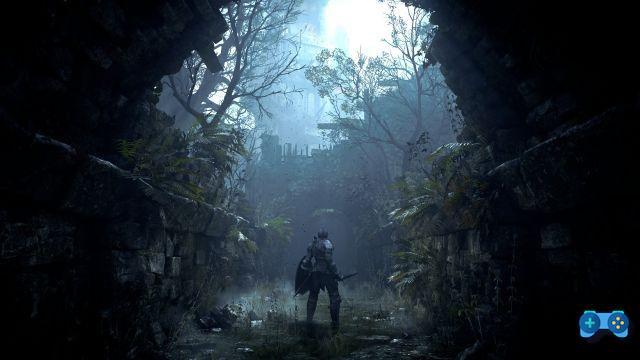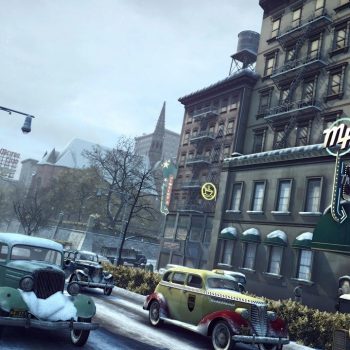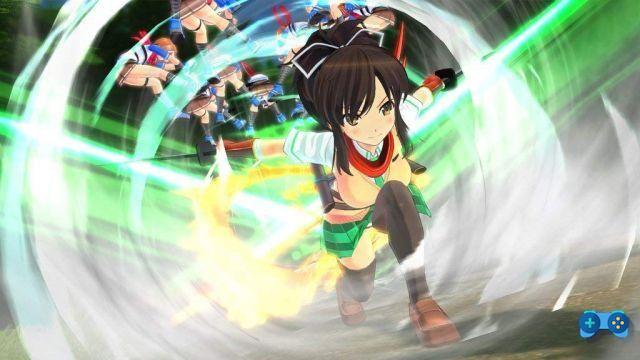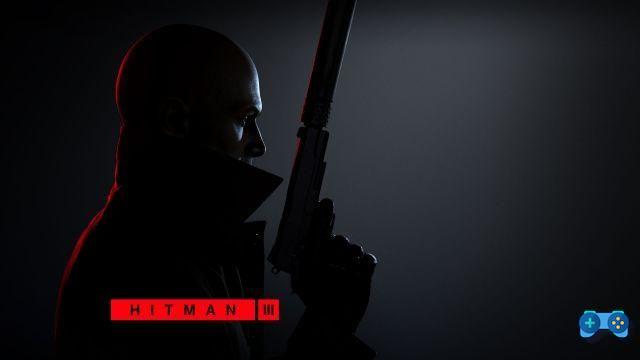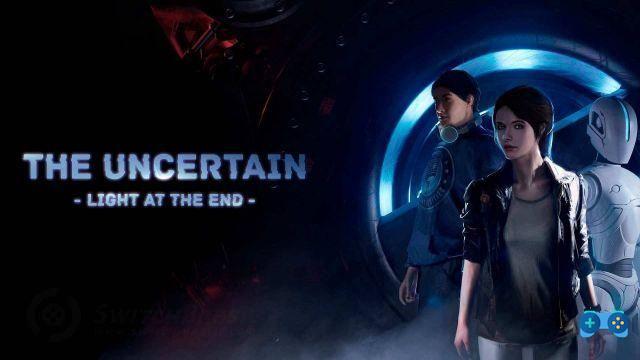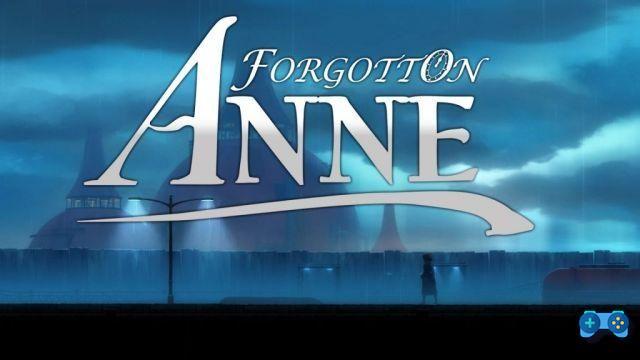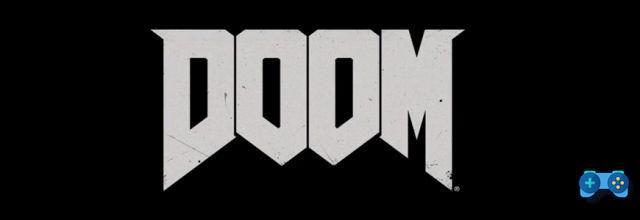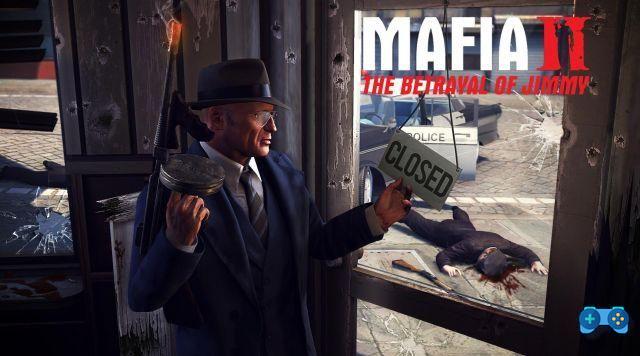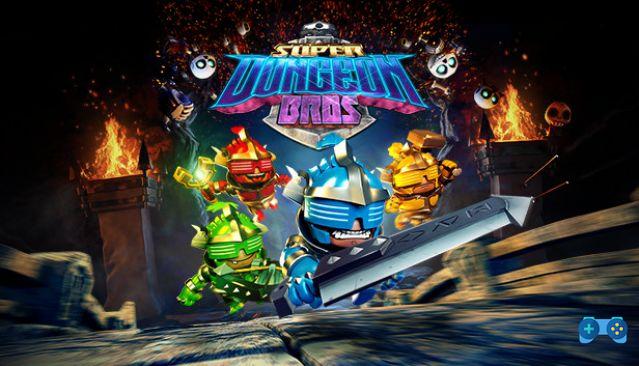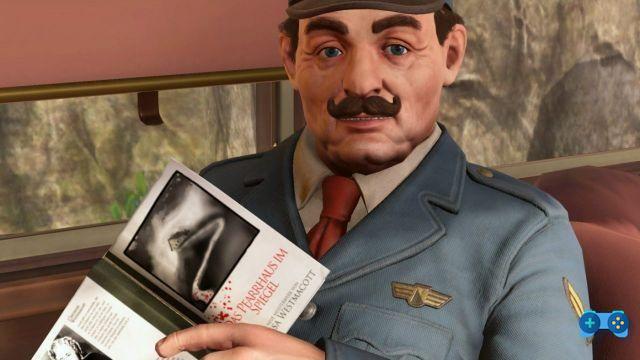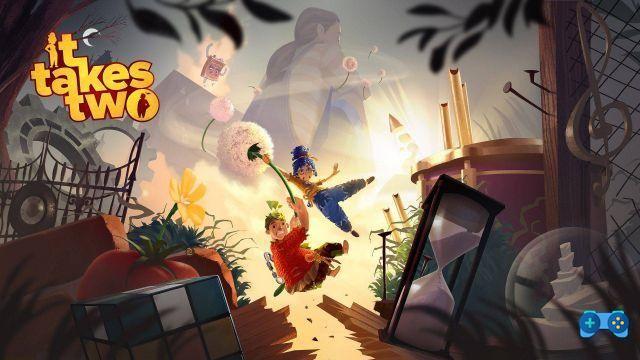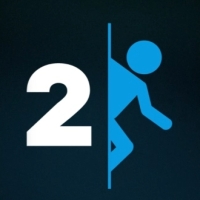
Start thinking with portals.
Xbox 360 tested version.
If any of you have never heard of Portal or its successor, Portal 2, you may mistakenly think you are in your hands yet another, useless and very boring and unwelcome FPS. The first person shooter genre, we all know, is a genre that has been abused over and over in this console generation. Fortunately, what the software house Valve gave birth to his brilliant mind is anything but another shooter. Followed by the acclaimed Portal (present in the legendary Orange Box), the game projects players into a puzzle-game with a first-person view that will put a strain on our synapses and our ability to reason through precise physical laws present. in the play areas.
Awakenings
The plot sees the protagonist of the first episode, Chell, abruptly awakened from a cryogenic coma by Wheatley, one of the many personalities of GlaDOS (former antagonist in the first Portal). After witnessing the destruction of what used to be your bedroom, the first steps we will take in the Aperture workshops will serve as a classic tutorial. From the very first bars of the game, a very British humor emerges from the AI that will accompany us during the tests, making us smile more than once.
After passing the first rooms, the protagonist will take possession of the portal-gun, a weapon that does not shoot bullets, but allows the opening of portals useful for passing the first tests. How do the portals work? Think for example of having to overcome a chasm that is humanly impossible to jump; well, by shooting the first portal on the surface beyond the chasm and crossing the portal already present in the level, it will be enough to enter the first portal to be transported beyond the obstacle to be overcome.
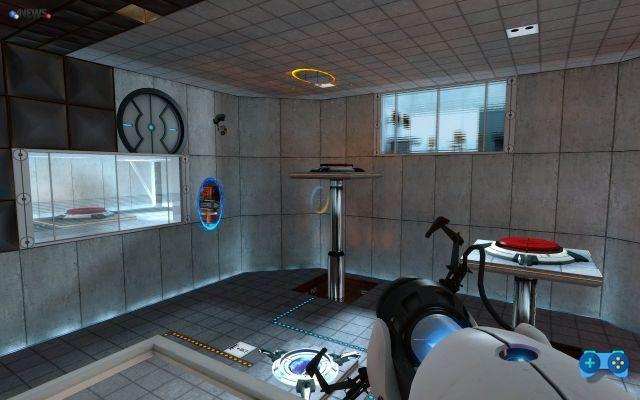
If this description might appear to you somewhat minimalist and with rather simple mechanics, wait until you get your hands on the new technologies present in the game, which will allow you to open more portals, or what about the gel useful to make us bounce, to make us run faster or to create portals on surfaces where it would not normally be possible? When you think you have seen it all, Portal 2 is immediately ready to deny you and whisper: "you haven't seen anything yet".
The various rooms we visit will always present new challenges and traps to get around: laser beams to drop into portals to activate otherwise unreachable switches, guard turrets to destroy, and so on. The progress of the game is structured in a rather linear way. We should pass one after another the rooms used to test the capabilities of human guinea pigs.
Solving the various puzzles is very stimulating and rewarding, but the best is yet to come. Without going into details so as not to spoil the pleasure of discovering it, we only tell you that towards the middle of the adventure you will be dragged in spite of yourself by GlaDOS in the old Aperture laboratories, with the intent of testing you or killing you? The credit for this doubt goes to the programmers, who have succeeded in giving the two AI completely credible and realistic personalities, a real godsend these days.
Returning to us, even in this juncture we will be asked to overcome room after room, interacting with new puzzles, much larger environments and different technologies such as the bridges of lights and paints we talked about at the beginning. After passing the old laboratories we will return to the modern ones, for the latest challenges to overcome and a new gadget to show off: the never-too-praised tractor beam. Here puzzles will take unexpected turns and solving them in different ways based on our capacity for thought and action is truly satisfying. Up to the end credits we have the impression of finding ourselves in front of a pearl of rare beauty, a masterpiece of the genre that fits into the ranks of the best video games ever.
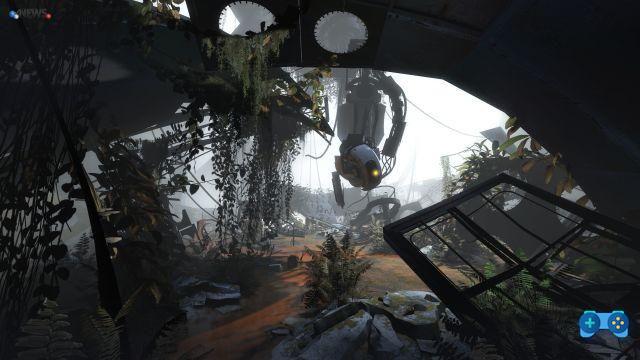
The duration of the single-player campaign is rather subjective by virtue of the fact that each player will face the various tests in a different and completely unexpected way. However, the average, once the game is finished and faced again, stands at 9/10 hours, therefore an excellent duration from all points of view.
Robotic friends
After the part concerning the solitary players it is necessary to dwell on the co-op mode offered by the title in question. It is in all respects a separate adventure, which we can face with a friend or with another player found by chance on the network. Cooperation is of fundamental importance in this game mode, in fact we should be able to make the most of the four available portals, know how to divert the bridges of light when needed, create chain falls with our portals in order to make spectacular leaps.
Advancing one at a time we should build the path for our playmate and he will have to do the same for us if we want to complete the adventure. If you are afraid that your partner does not speak the same language as you, Valve has inserted a very useful feature in the game to communicate: with the press of a button we can communicate to our partner a point of interest that may have escaped him, activate a timer so that both players can press a switch in unison or perform the same action, etc.
The rooms, at first very simple both in their construction and in the actions necessary to overcome it, will gradually become complicated and insert all the elements seen in the single-player campaign.
Even in the Co-Op we would have a truly appreciable narrative part: GlaDOS will instill doubt in every player, pushing us more than once to think selfishly and questioning the very usefulness of the tests we are going to face, being teased and taken back. due to our inability or failure in the various tests.
The two robotic protagonists, whose features closely resemble the late comedians Stannlio and Ollio are perfectly rendered in their sympathy and clumsiness, a part of the fun we also owe to them and to the nice curtains they will create by interacting together. The duration of this excellent mode is about 7 hours, for the most experienced players, while for those who are beginners it will take a few more hours.
Technical sector
Technically speaking, the game has a minimalist design, albeit with a sure impact: aseptic environments, neon lights, walls and environments that faithfully follow the scientific laboratories already seen in sci-fi films. Disused laboratories offer cracked walls, abandoned and non-functioning electronic devices, rust and areas left to themselves. The graphics engine seemed solid and able to better manage the raids in the Aperture laboratories.
The audio remained dubbed in English, excellently recited by the various voice actors who lent their voices to GlaDOS, Wheatley and the speaker of the laboratories who continually gives advice on how to behave in the various situations that will appear in front of our eyes.
The playability is at excellent levels, the various puzzles will never bore you, even if repeated over and over again, longevity is guaranteed for many hours of play, thanks to the excellent multiplayer sector available on Xbox Live, or in System Link.
Final comment
In conclusion we can marry the word Masterpiece and Portal 2. This is an example of when a game should not be missing in any video game collection, even if it could appear as a niche title and not for everyone, you could prove yourself wrong by trying the pleasure of playing this work of videogame art. With a duration of approximately 9-10 hours for the campaign to be played alone or in company supported by an intriguing story and puzzles to solicit every gray matter, the title inevitably captures to its conclusion. Thanks Valve!
Votes
Playability 95
Graphics 90
Sound 92
Longevity 91
Overall 92
For
- Portal expanded in all respects!
- An unmissable masterpiece
Cons
- It is not a game for everyone
- Sooner or later you will complete it
The title is available from 21 April 2011 on PC, PS3 and Xbox 360 platforms.





